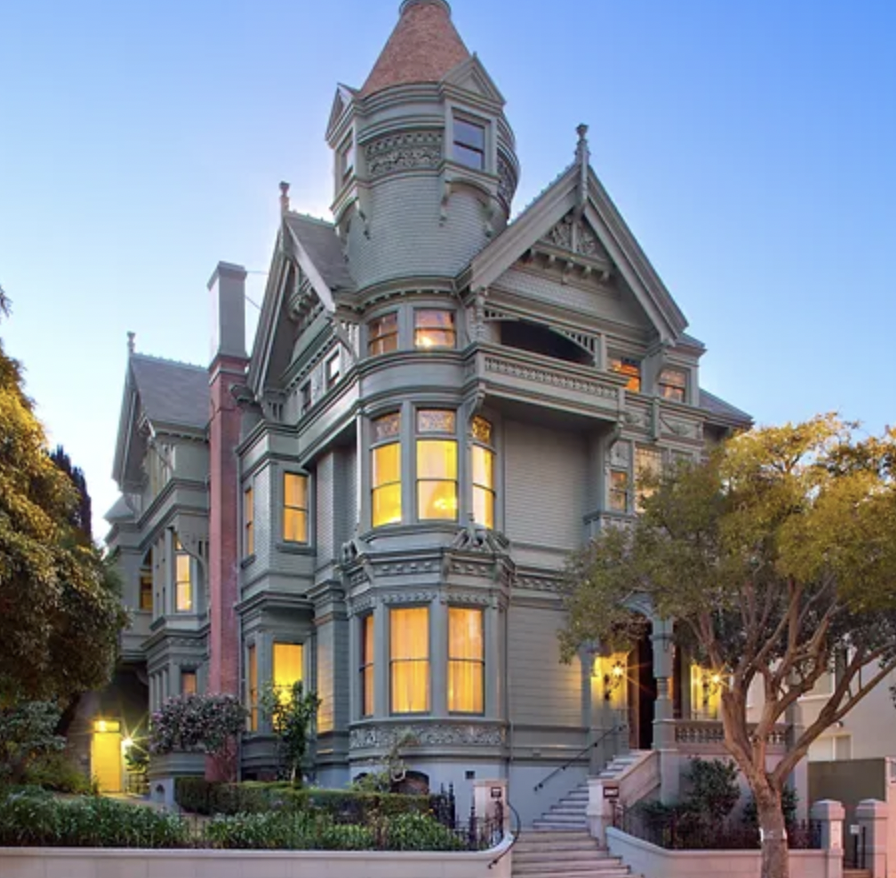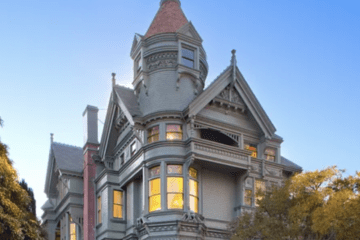Travel Back to 19th Century San Francisco at the Haas-Lilienthal House
Stepping onto the porch of the Haas-Lilienthal House, I immediately felt transported back to San Francisco in the late 19th century, a city bustling with new ambitions and marked by cultural transformation. Built in 1886 by William Haas, a prosperous merchant who immigrated from Bavaria, this grand Victorian residence symbolizes the rise of immigrant families contributing profoundly to San Francisco’s growth. It stands today as one of the city’s few remaining authentic Victorian homes that’s been meticulously preserved to offer insight into the lives and experiences of its former inhabitants.
William Haas arrived in San Francisco in the 1860s, drawn by opportunities in commerce amid California’s economic expansion following the Gold Rush. Establishing a successful wholesale grocery business, Haas prospered, integrating himself not only economically but socially into the fabric of the city. His marriage to Bertha Greenebaum, also of German-Jewish descent, further solidified their social standing. Together, they navigated their new American identities, carefully balancing their cultural roots with assimilation into the broader community. Portraits of the Haas and Lilienthal families lining the walls offered glimpses into their personal world, achievements, and challenges.
The docent explained how William and Bertha Haas raised their three children—Florine, Alice, and Charles—in this house. Florine Haas later married Samuel Lilienthal, the son of a prominent local banking family, effectively merging two influential San Francisco dynasties. The home witnessed numerous family milestones, including weddings, births, and social gatherings pivotal to the city’s German-Jewish community. The parlor, filled with period furniture and decor, vividly recreated the atmosphere of refined social life at the turn of the century, echoing conversations about commerce, politics, and philanthropy.
William Haas passed away unexpectedly in 1916, followed by Bertha in 1927, marking the end of an era for the family home. After Bertha’s death, Alice Haas-Lilienthal, their daughter, inherited the house and became a significant figure in the preservation of family heritage, contributing extensively to philanthropic causes, particularly those related to children’s welfare and the arts. Alice lived in the house until her death in 1972, after which the property faced uncertainty.
Recognizing its historical significance, the surviving family members donated the Haas-Lilienthal House to San Francisco Heritage, a nonprofit dedicated to historic preservation. Their decision ensured the continued existence of the home as a window into San Francisco’s Victorian past. In the family’s private quarters, personal artifacts such as photographs, clothing, and handwritten letters illuminated the private lives behind historical narratives. Here, I imagined intimate family moments, celebrations, and quiet reflections occurring amidst San Francisco’s rapid changes. Each object told a story, resonating with the broader immigrant experience—reflecting perseverance, aspiration, and adaptation.
Descending back to street level, I paused, looking back at the imposing facade of the house. The contrast was striking: outside, skyscrapers towered over Victorian rooftops, symbols of San Francisco’s relentless evolution. My brief time inside had felt like stepping into a carefully preserved photograph, capturing the story of a city shaped profoundly by migration, innovation, and cultural synthesis.
Walking away, I reflected on the significance of historical preservation. The Haas-Lilienthal House stood as a tangible testament to the city’s past, highlighting the importance of acknowledging diverse narratives within our collective history. It reminded me how places like this not only preserve memories but challenge us to consider our own roles within the ongoing narrative of community and identity in an ever-changing San Francisco.





